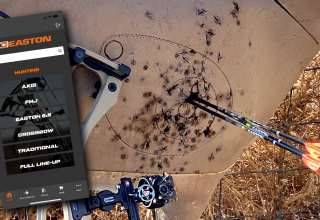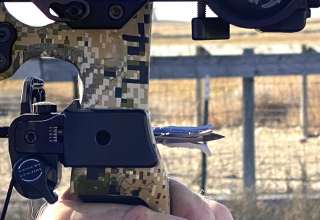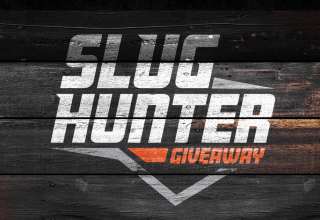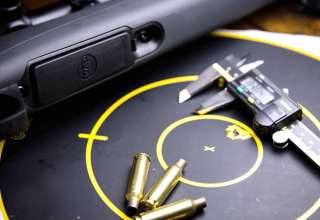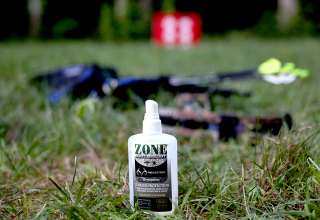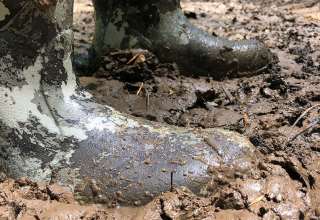The sound of my heart pounding in my head made me wonder if the deer would spook. As the buck walked closer, it was obvious he had no clue I was there. As he moved to twenty seven yards I drew my bow and rehearsed the message as hundreds of times before. “Draw, anchor, aim, release, follow through.” As the Easton Full Metal jacket arrow left the rest, I watched as the arrow found its mark and hoped the New Archery Products broadhead would do its job. As the buck bounded away through the pines, I was sure it had.
If you have ever hunted with a bow and arrow, you know what comes next. Tracking, also known as blood trailing. Here are a few tips to help you locate your trophy after the shot.
Thankfully, the Spitfire DoubleCross 100 grain broadhead from New Archery Products makes a very easy to follow blood trail. This design has four mechanical blades that open an enormous wound channel. The design keeps the blades closed until impact. The first set of blades feature a 1-7/8” cutting diameter while the second set of blades, also known as ‘bleeder blades’ offer a 1-1/8” cutting diameter. This provides a vertical and horizontal cutting path. Regardless of the angle of impact, the Spitfire DoubleCross delivers a combined wound channel. This makes for a bigger exit, leading to a bigger blood trail to follow.

After waiting about twenty minutes, move to the place the buck was standing at the shot and see if you can locate blood. Here in the south we are known for our expanse of pine plantations. Pine needles have a way of swallowing drops of blood. (NOTE: It is imperative that you do not walk around the area where you can disturb the blood trail.) Once blood is located mark that location either by having a buddy stand there, or if alone, stick an arrow in the ground, or use some toilet paper to mark it. Now look in the direction you saw the deer run and see if you can find blood.
[quotes quotes_style=”bquotes” quotes_pos=”center”]Be careful not to disturb the ground until more blood is located[/quotes]
As you find more blood, ad a marker to the last place and move ahead to look for more blood. It is common to find a good strong trail for the initial fifteen to twenty yards and then the trail goes cold. This is because either the deer hit some different terrain, or something plugged the exit hole. Last season, a friend of mine made a great shot on a buck. When we went to find the deer, there was only one speck of blood about the size of a pencil point on a piece of pine straw. We crawled and looked and twenty yards later another speck. Then a few yards later another one. When we recovered the deer sixty yards from the shot, we found a total of seven specks of blood. Upon inspection, a rib was sticking out of the wound plugging the hole not allowing the blood to flow.

It pays to go slow. Very slow. Look on the leaves of plants growing, blades of grass, along sides of saplings. Often the blood drops hit something before landing on the ground. Broken branches of fleeing deer can also be an indicator. Scuffed ground where the deer stumbled. It can also pay to look for the path of least resistance. Fleeing deer will follow known trails and open country. Look for these areas as well. By marking your trail with arrows, toilet paper or other items, it is easy to look and see where the deer was headed.

Many times, when making a marginal shot, we have tracked a deer to where it laid down and found a pool of blood in the leaves. Our initial search pushed the deer. When I find this, I mark the location then back out for several hours. This lets me know the deer is hit hard, and will eventually bleed out. By pushing him it will only make it worse. Leaving will allow the deer to lay down. Many times when doing this, we find the deer within a few yards where he laid down for the final time. When in doubt back out.
As a bow hunter, I want to make sure I make clean and ethical shots of game. Having excellent equipment makes a difference. With the Spitfire DoubleCross, I know I am cutting both vertically and horizontally. This gives me great confidence in being able to recover my trophy. Selecting excellent equipment and making good shots help in game recovery. Once the shot is taken, it is the responsibility of the hunter to do everything in their power to recover that animal.


